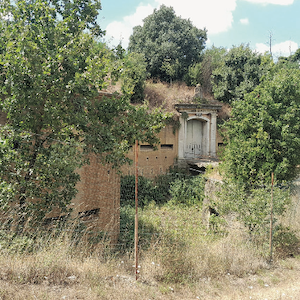Mapping breeding birds in a re-naturalized historical fortress: composition, structure and considerations about abundance vs. biomass comparisons

All claims expressed in this article are solely those of the authors and do not necessarily represent those of their affiliated organizations, or those of the publisher, the editors and the reviewers. Any product that may be evaluated in this article or claim that may be made by its manufacturer is not guaranteed or endorsed by the publisher.
Accepted: 5 June 2023
Authors
Using the mapping method, I obtained data about a rich, even and diversified breeding bird assemblage inhabiting an abandoned and re-naturalized historical military fortress (Rome, central Italy). Fortress and the surrounding parks host a large number of edge-mosaic, forest and synanthropic species (often localized at urban scale as Dendrocopos minor and Columba palumbus) due to a large availability of many sub-habitats and related niches (walls, cavities, tree holes, mature trees, mowed meadows, hedgerows, and deep moats). In this regard, this historical site may be considered a “key-stone structure” at the landscape scale (i.e., a mature forest/rocky patch embedded in an agromosaic suburban mosaic). The application of the Abundance/Biomass Comparison (ABC) evidenced a dominant role of large body mass species. The underlying logic behind this approach assumes that, generally, in less disturbed environments species with higher trophic level (and higher body mass) dominate: the increase in frequency of these larger species induce early cumulating biomass curves. However, in our anthropized case study, this assumption seems not valid since many large body mass species (as Columba livia dom., Psittacula krameri and Corvus cornix) show a low trophic level (e.g. granivorous or homnivorous): i.e. body mass is not an indicator of trophic level. Therefore, the pattern reported by ABC curves evidence only a dominance of large body mass species without implications on the trophic level and, consequently, on the disturbance acting on the assemblage. In this regard, assumptions linked to the ABC curves are probably not universal but only limited to specific taxa and contexts.
How to Cite

This work is licensed under a Creative Commons Attribution-NonCommercial 4.0 International License.







